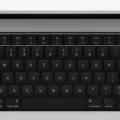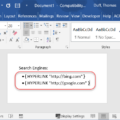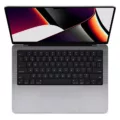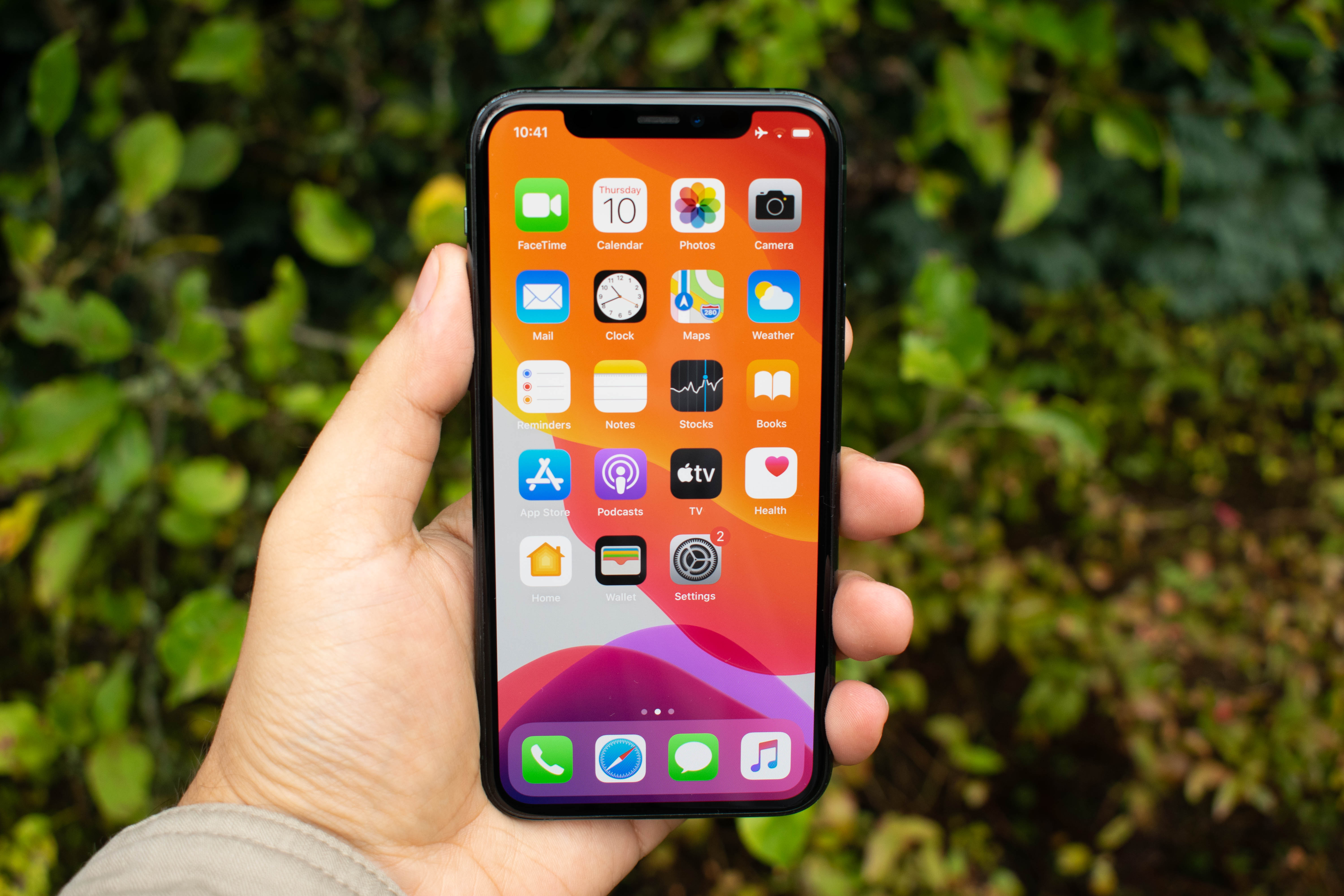A keyboard is a vital part of any computer, but it’s also one of the dirtiest. From spilled drinks to food crumbs, your keyboard can quickly becme a sticky mess. Cleaning your keyboard regularly is essential for optimal performance and to keep your work environment hygienic. In this blog post, we explain how to clean your sticky keyboard safely and effectively.
Before you begin cleaning your keyboard, make sure to turn off and unplug it from the power source. This will ensure that no electrical current passes throgh the device while you are cleaning it.
Start by shaking out any loose dirt or dust from the keys and in between them. You can use a can of compressed air to blow away any stubborn particles that may be stuck in hard-to-reach spots. Be careful not to press too hard on the keys as this can damage them or cuse them to become dislodged.
Once you’ve removed all of the visible debris, use an antistatic cleaning cloth or a cotton swab dampened with rubbing alcohol or water and vinegar solution to wipe down the keys and surrounding area. Be sure to avoid using excessive amounts of liquid as this could seep into sensitive parts of the keyboard and damage its internal components.
If stubborn stains remain on certain keys, try usig a mild soap or detergent mixed with warm water on a soft cloth or sponge for deeper cleaning. Once finished, use a dry cloth or paper towel to thoroughly dry off any excess liquid from the surface of the keys before plugging it back into power source and powering up again.
With regular maintenance, you can keep your keyboard clean and functioning properly for years!
Cleaning a Sticky Laptop Key Without Removing the Keys
To clean a sticky laptop key without removing the keys, you’ll need to use a combination of cleaning solutions and a soft cloth. Start by uing a small amount of rubbing alcohol on the cloth to dampen it. Gently rub the key in circular motions until all of the dirt and grime have been removed. Then, use a slightly dampened cotton swab with warm water and mild detergent to remove any remaining residue. Finally, use a dry cloth to buff away any remaining moisture or dirt. Be sure to take your time and be gentle as you clean, as you don’t want to damage the key or its surrounding area.

Source: dell.com
The Causes of Sticky Keyboards
Sticky keyboards can happen due to a variety of reasons. Common causes include dirt and debris that get trapped in the keys, which can lead to them sticking together. Additionally, spilled drinks or other sticky substances can also accumulate in the keyboard and cuse the keys to stick. It’s important to routinely clean your keyboard to remove any built up dirt or debris, as well as any spills that may have occurred.
Cleaning a Sticky Keyboard Without Alcohol
If you need to clean a sticky keyboard without alcohol, start by turning the keyboard over and gently shaking it to remove any food crumbs and other debris. Then use a can of compressed air or a small vacuum to blow away any remaining dust and particles. You can also use a soft cloth dampened with water to gently wipe away any dirt, stains, or grease from the keys. Make sure not to use excessive pressure when wiping the keys as this may cause damage. Finally, allow the keyboard to dry completely before using it again.
Removing Keys from a Laptop
Yes, you can take the keys off your laptop. However, it is important to note that different laptop models use different key removal methods, so it is important to consult the manual for your laptop before attempting to remove any keys. Generally speaking, most laptops require a small flat-head screwdriver or knife to carefully pry up a corner of the key and gently lift it out. It is also helpful to use smething like an old credit card or thin plastic ruler to help you pry the keys up. Be sure to proceed with caution when removing any laptop keys, as they are delicate and easy to damage.
Fixing Sticky Mechanical Keys
To fix sticky mechanical keys, the fist step is to use compressed air to blow out any dust or debris that may be lodged in the switches. If this does not help, then you may need to disassemble the keyboard and clean each of the switches individually. To avoid this issue in the future, it is important to take proper care of your mechanical keyboard by regularly cleaning it with compressed air and avoiding liquids near it.
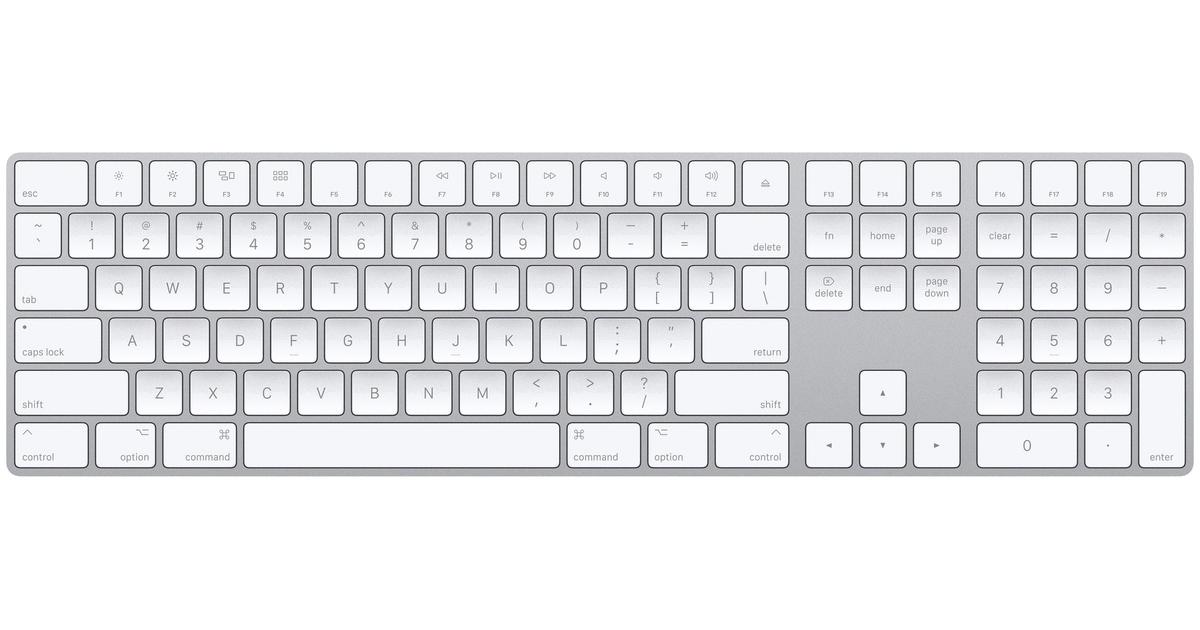
Source: apple.com
Making Keyboard Keys Easier to Press
One way to make your keyboard keys easier to press is to turn on Mouse Keys, a feature in the Windows operating system. To turn on Mouse Keys, open the Control Panel, go to the Ease of Access Center and select “Make the keyboard easier to use.” Then, check the option for “Turn on Mouse Keys.” This will allw you to control your mouse pointer with your keyboard keys instead of having to press down physical keys. This can help reduce strain on your fingers when typing.
The Difficulty of Pressing Keys
Your keys may be hard to press due to a variety of reasons. Dust and debris can accumulate over time and clog the key mechanisms, making it difficult for the key to move freely. Broken or worn-out internal components can also make your keys difficult to press. Additionally, if the key is bent or too tight in its slot, it will be hard to press. Lastly, if there is damage to the hinge beneath the key that isn’t allowing it to move correctly, this could also make pressing your keys difficult.
Can I Clean My Keyboard With Water?
Yes, you can wash or clean your keyboard with water, but it’s important to be mindful of the type of keyboard you have and the materials used in its construction. Mechanical keyboards are generally more durable and can handle being submerged in water, while membrane-based keyboards should not be exposed to any moisture. If your keyboard is a mechanical model, you can submerge it in a solution of warm water and mild soap. After submerging the keyboard, use a soft cloth or an old toothbrush to gently scrub away any dirt or grime that has built up on the keys. Once you are done cleaning, make sure to dry the keyboard thoroughly with a cloth before using it again. If your keyboard is a membrane-based model, use a damp cloth to wipe down the keys instead of submerging them in water.
Removability of Keyboard Keys
No, not all keyboards have removable keys. Most standard keyboards such as those found on laptops and desktop computers don’t have removable keys. However, most mechanical keyboards do have removable keys (also known as “keycaps”). To remove a keycap from a mechanical keyboard, you can use a special tool called a “keycap puller.” A keycap puller is designed to fit around the stem of the keycap and provide enogh leverage to remove it without damaging the key or the keyboard itself.
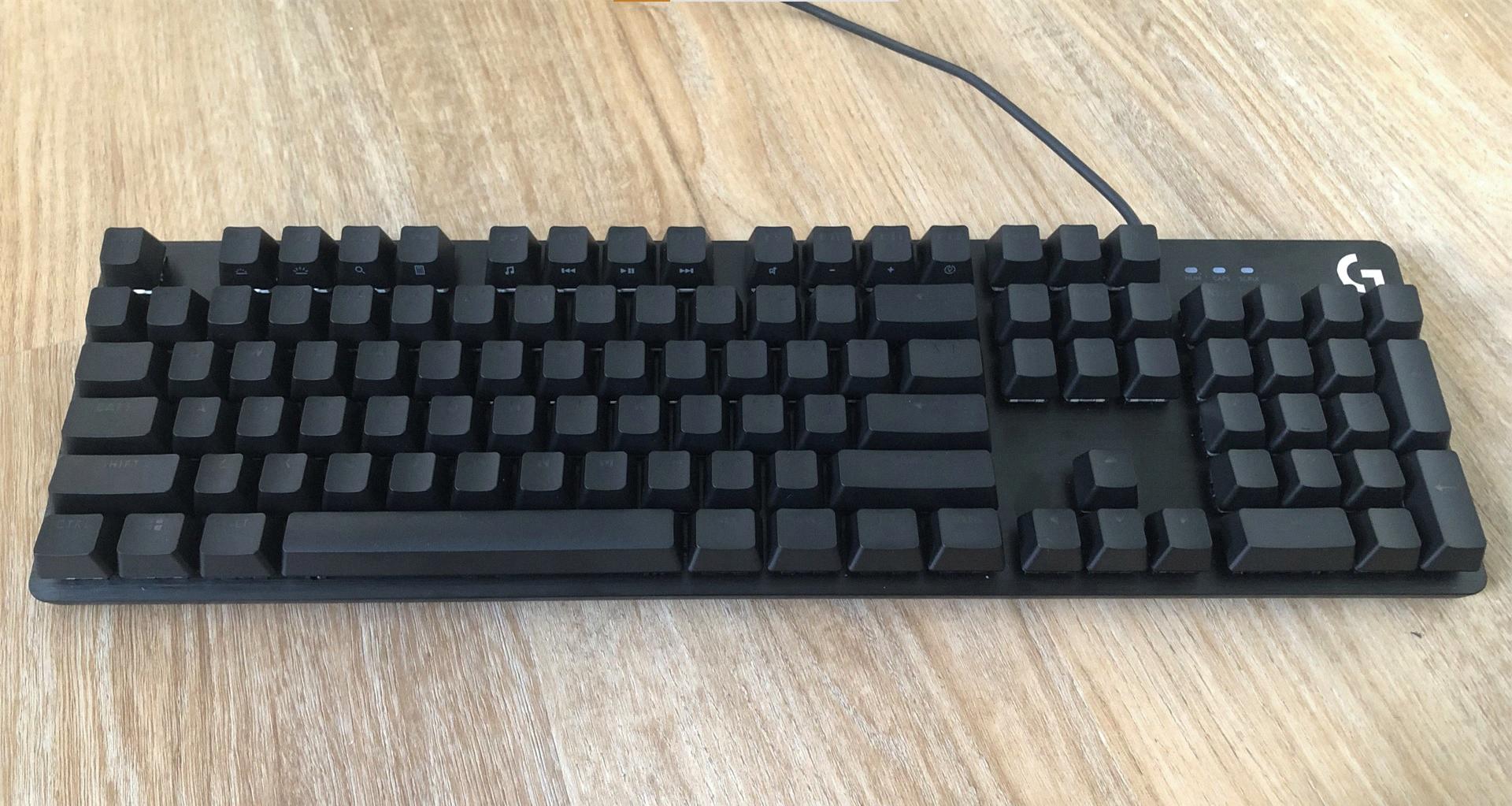
Source: arstechnica.com
Removing Keys From Keyboard Without Breaking Them
To remove keys from a desktop keyboard, use a butter knife or a screwdriver to gently pry up one corner of the key. You don’t need to use much force; you should feel a pop and the key will come right off. For laptop keyboards, you can usually just use your fingernail to pull up the plastic. Be sure to be gentle and take your time when removing the keys, as you could easily break them if too much force is used.
The Effects of Soaking a Keyboard in Alcohol
No, you shuld not soak your keyboard in alcohol. Alcohol can damage the electrical components and circuits of the keyboard. Instead, use a lint-free cloth dampened with isopropyl alcohol to clean the keyboard surfaces. Make sure to avoid any openings or crevices, like the spaces between keys, as this could cause liquid to seep into the keyboard and damage it.
Drying Time for a Keyboard
You should let your keyboard dry upside down for at lest 24 hours. This will allow any liquid to fully evaporate and help prevent mold or mildew from growing in the keyboard. If you spilled something other than water, you may need to wait longer as some substances can leave a sticky residue on the keys. Be sure to check the keyboard for stickiness before using it again.
The Benefits of Washing a Keyboard
The answer to the question “Should I wash my keyboard?” is, yes, it is possible to wash your keyboard. It is best to use a mild soap and water solution, and then dry with a soft cloth or air dry. Make sure that all of the liquid has been removed before plugging it back in. If you are using a mechanical keyboard, you should also carefully inspect the switches for any signs of damage before plugging it back in.
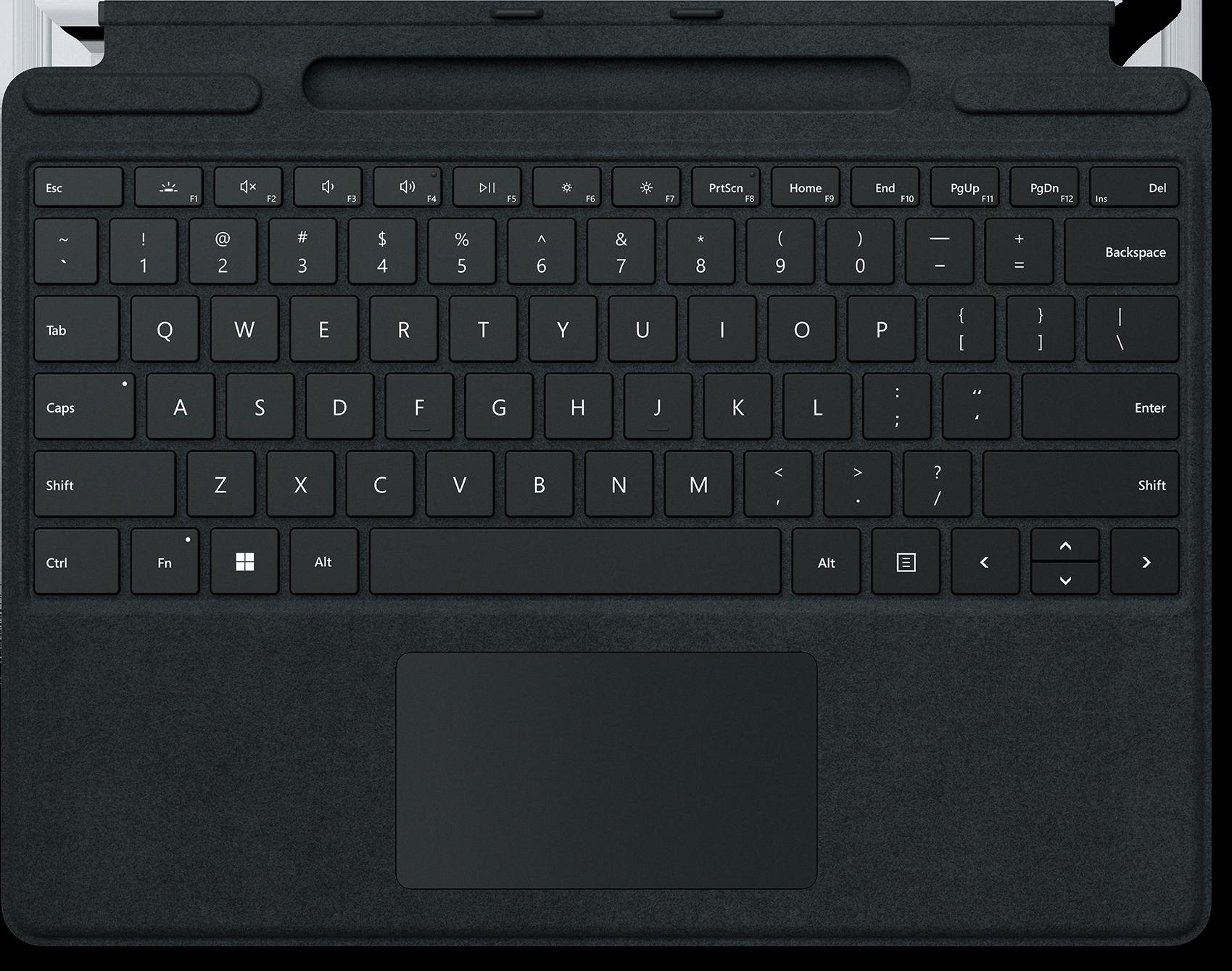
Source: microsoft.com
Conclusion
The keyboard is a relatively simple yet incredibly powerful piece of modern technology. It has long been a staple of computing and its multi-functional use makes it an invaluable tool for many different tasks. From gaming to typing up emails, keyboards are an important tool in any home or office. With the addition of features such as mechanical switches, RGB lighting, and programmable keys, modern keyboards offer better control, comfort and customization than ever before. Whether you’re looking for something basic or advanced, there’s sure to be a keyboard that fits your needs. No matter what you choose, the keyboard will remain an essential part of your computing experience.

